________________________________________________________________________________
Massey Ferguson 5610, 5613 gearbox - Dyna-4 Construction
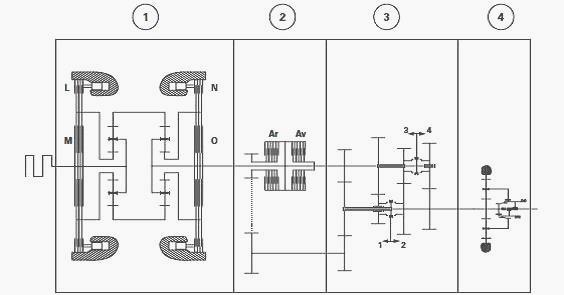
The housing of the Massey Ferguson 5610,
5613 Dyna-4 transmission (GBA25 gearbox) consists of the following main
components, in the order given:
- (1) the Powershift module, providing four ratios for shifting under
load (A, B, C and D)
- (2) the Power Shuttle
- (3) the main gearbox comprising four robotically controlled mechanical
ratios
- (4) the creeper or super creeper gearbox (if fitted).
Powershift module
This module provides four ratios for shifting under load (A, B, C and
D).
The Powershift module comprises two epicyclic gear trains, two
brakes and two multidisc
clutches.
The brakes are controlled hydraulically by two proportional solenoid
valves with an ON/OFF control, and the clutches are engaged by
Belleville washers and
disengaged by plates connected to the brakes located in the same module.
Power Shuttle
The Power Shuttle is fitted in the centre of the unit. It links the
ratios for shifting under load and the gearbox.
The Power Shuttle comprises two multidisc wet clutches controlled by two
proportional solenoid valves with PWM control.
A mainshaft ensures reverse position.
Robotic gearbox
The MF 5610, 5613 gearbox has four ranges.
The ratios are selected by two hydraulically-controlled synchronisers.
Gearbox input drive is supplied by the Powershift module.
The four gearbox ranges are automated, so all ratios can be engaged or
disengaged automatically by the tractor electronic management system.
Creeper and super-creeper unit
A unit fitted on the secondary shaft, to the rear of the gearbox,
provides very slow travel speeds.
This unit comprises one or two final drives providing a reduction of 4/1
(creeper speeds) or 14/1 (super creeper speeds).
These ratios are engaged mechanically.
Lubrication
Lubrication is provided by the tractor hydraulic circuit.
Oil arrives at two points located on the left-hand side of the gearbox
housing.
Oil flows to the bearings and clutches to be lubricated via internal
channels in the gearbox shafts.
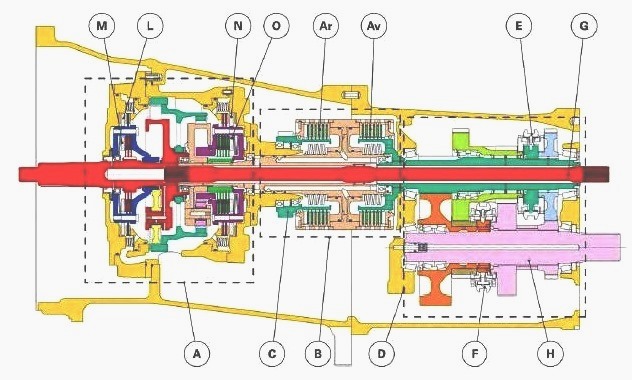
(A) Powershift module (B) Power Shuttle module (C) Reverse driving gear
(D) Mechanical unit module providing four robotically controlled ranges
(E) Single cone
synchronizer (F) Double cone synchroniser (G) PTO shaft (H) Gearbox
output shaft (Av) Forward clutch (Ar) Reverse clutch (L) Brake (M)
Clutch (N) Brake (O)
Clutch
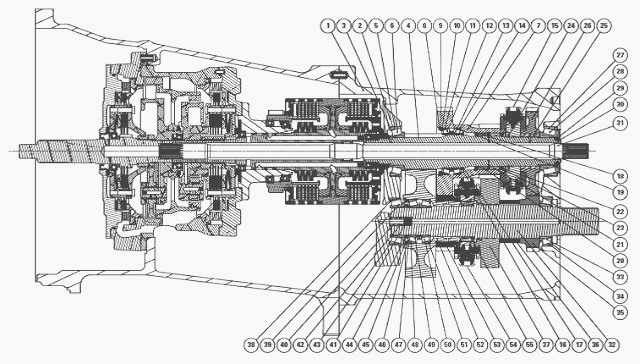
MF 5610, 5613 gearbox (GBA-25)
(1) Gearbox housing (2) Compartment (3) Shims (4) Primary shaft (5)
Bearing cup (6) Bearing cone (7) Double pinion (8) Circlip (9) Spacer
(10) Shims (11) Bearing
cone (12) Bearing cup (13) Bearing cup (14) Bearing cone (15) 3rd and
4th single cone synchronizer (16) Spacer (17) Circlip (18) Circlip (19)
Spacer (20) Needle
bearing (21) Needle bearing (22) Spacer (23) Circlip (24) Circlip (25)
Ring (26) 4th driving gear (27) Bearing cup (28) Bearing cone (29) Plug
(30) "O" ring (31)
Power take-off shaft (32) Secondary shaft (33) Bearing cone (34) Bearing
cup (35) 4th driven gear (36) Spacer (37) 4th driven gear (38) Bearing
cup (39) Bearing
cone (40) Lubrication pipe (41) Spring (42) "O" ring (43) Shims (44)
Spacer (45) Circlip (46) Washer (47) Shims (48) Bearing cup (49) Bearing
cone (50) Bearing
cone (51) Bearing cup (52) 2nd gear pinion (53) 1st gear intermediate
pinion (54) 1st and 2nd double cone synchronizer (55) Needle bearing
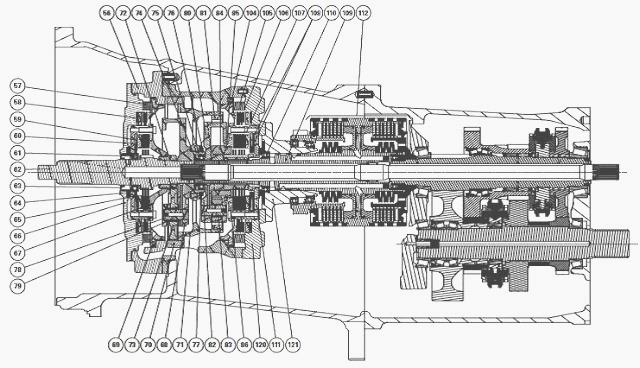
(56) Powershift module housing (57) Spring (58) Brake "L" disc/thrust
plate assembly (59) Clutch "M" disc/thrust plate assembly (60) Clutch
"M" bell housing (61)
Ball bearing (62) Front epicyclic gear train primary shaft (63) Lip seal
(64) Friction washers (65) Belleville washer (66) Cover (67) Clutch "M"
cover (68) Planet
carrier (69) Brake "L" piston (70) Ring gear (71) Ring-gear carrier (72)
Sun gear (73) Planetary gear (74) Ring (75) Ball bearing (76) Circlip
(77) Spacer (78) Pin (79)
Needle bearing (80) Planet carrier (81) Ring gear (82) Pin (83) Needle
bearing (84) Sun gear (85) Snap ring (86) Clutch "O" cover (104) Brake
"N" piston (105)
Spring (106) Brake "N" disc/thrust plate assembly (107) Clutch "O"
disc/thrust plate assembly (108) Belleville washers (109) Secondary
shaft (110) Ball bearing
(111) Clutch "O" bell housing (112) PowerShuttle assembly (113) Driven
transfer gear (114) Reverse mainshaft (115) Driving transfer gear (116)
Bearing cup (117)
Bearing cup (118) Bearing cone (119) Bearing cone (120) Cover (121) Hub
(122) Ball bearing
The Massey Ferguson 5610, 5613 Dyna-4 transmission provides four basic
synchronised ratios and four ratios for shifting under load. The 16
ratios can be
engaged in forward and reverse position without using the clutch pedal.
The unit housing consists of two sections:
- front housing: fitted just behind the engine, it supports the shifting
under load section of the transmission (Powershift module) and the Power
Shuttle.
- rear housing: fitted just behind the front housing, it supports the
main gearbox and the robotically controlled section of the gearbox.
Construction of the main gearbox
The MF 5613, 5610 tractor gearbox is completely crossed by the PTO shaft
(31) which links the engine flywheel to the PTO clutch in the rear axle.
This shaft turns
at the centre of a series of shafts forming the upper shaftline.
In the rear housing (1), a vertical compartment (2) supports the front
bearings (5)(6) and (38)(39) of the primary (4) and secondary (32)
units. It also contains the
lubricating channels. The housings are bolted together and act as an oil
tank for the tractor hydraulic circuit.
The main gearbox comprises four synchronised ratios with two
synchronisers (15) and (54). Four gear trains are distributed on the two
shafts (4) and (32). Each
ratio is obtained by engaging only one synchronizer at a time.
The first ratio uses three gear trains, while the three other ratios
each use one gear train. The primary shaft (4) is supported by two taper
roller bearings (5)(6) and
(27)(28).
Adjustment is ensured by shims fitted under the bearing
cup (5). The secondary shaft (32) is also supported by two taper roller
bearings (38)(39) and
(34)(33). Adjustment is ensured by shims (43) fitted under the bearing
cup (38).
Primary shaft
On the primary shaft (4), the 1st and 3rd ratio pinions are integral and
form a double pinion (7) that turns idle on the shaft.
This assembly is supported by two taper roller bearings (11)(12) and (13)(14) fitted in an X shape, and two needle bearings (20) and (21).
The position of the bearings (11)(12) and
(13)(14) is adjusted by
shims (10). The 2nd ratio pinion is machined in the primary shaft (4),
and the 4th ratio pinion (26) turns idle and is supported by a
lubricated ring (25).
Secondary shaft
On the secondary shaft, the 2nd ratio pinion turns idle. It is
supported by two taper roller bearings (48) (49) and (50)(51) fitted in
an X shape, and a needle
bearing (55). The bearings (48)(49) and (50)(51) are adjusted by shims
(47).
The 2nd ratio pinion (52) acts as a rotating pin for the 1st ratio
pinion (53), which turns without a bearing. The friction surface is
lubricated by internal channels.
The
double cone synchroniser (54) is fitted on the 2nd ratio pinion and is
meshed with the pinion (53) or (37). The 3rd (37) and 4th (35) ratio
pinions are meshed by the
splines on the secondary shaft (32).
Construction of the Powershift module
The Powershift module on the Massey Ferguson 5613, 5610 Dyna-4
transmission is located behind the engine flywheel.
Each module is fitted in a cast-iron housing screwed into the gearbox
housing.
It includes two epicyclic gear trains with three planetary gears.
Front epicyclic gear train
The front epicyclic gear train functions with the clutch (M) and the
brake (L). The primary shaft (62) is linked to the planet carrier (68).
It links the PTO shaft and engine flywheel. The clutch discs (59) are
splined to the primary shaft (62).
The thrust plates of the clutch (59) are integral with the clutch cover
(60) and sun gear (72).
The brake discs (58) are connected to the clutch bell housing (60) and
the sun gear (72) via the cover (67).
The front epicyclic gear train ring gear (70) drives the rear epicyclic
gear train ring gear (81) via the ring-gear carrier (71).
Rear epicyclic gear train
The rear epicyclic gear train functions with the clutch (O) and the
brake (N).
The clutch discs (107) are splined to the output shaft (109) and the
planet-carrier (80).
The thrust plates of the clutch (107) are integral
with the clutch bell housing
(111) and sun gear (84).
The sun gear is held to the clutch bell housing (86) by the snap ring
(85).
The brake discs (105) are connected to the clutch bell housing (111) and
sun gear (84).
Drive enters via the ring gear (81), driven by the front epicyclic gear
train ring gear (70).
Drive exits via the planet-carrier (80) towards the Power Shuttle.
Reverse position
The reverse position is ensured by a mainshaft comprised of a shaft
(114) and two pinions (113) and (115).
It transmits drive from the Power Shuttle (112) to the 2nd ratio pinion
(52) on the secondary shaft (32) of the main unit.
The pinions (113) and (115) are linked to the shaft by splines.
The pinion (115) is fitted on bearings (116)(118) and (117)(119) with
preload shimming at the bearing cup (116).
Clutch and brake operation
The clutches/brakes that select the Powershift module ratios are each
controlled by a piston (P).
When a brake is engaged, the related clutch is disengaged, and vice
versa.
The control pistons (P) act both on the brake discs (F) and on an
intermediate plate (I).
When the piston (P) is pressurised, the plate (I) pushes back the
Belleville washer(s) (B) of the clutch (E).
When the pressure is released, the Belleville washer (B) pushes back the piston (P) via the intermediate plate (I) and tightens the clutch discs (E).
________________________________________________________________________________
________________________________________________________________________________________
________________________________________________________________________________________
________________________________________________________________________________________
________________________________________________________________________________________
________________________________________________________________________________________
________________________________________________________________________________________
________________________________________________________________________________________
________________________________________________________________________________________
________________________________________________________________________________________
________________________________________________________________________________________
________________________________________________________________________________________
________________________________________________________________________________________
________________________________________________________________________________________
________________________________________________________________________________________
________________________________________________________________________________________
________________________________________________________________________________________
________________________________________________________________________________________
________________________________________________________________________________________
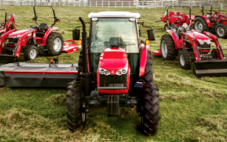 SPECS
SPECS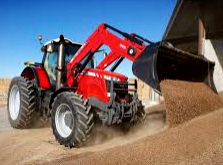 LOADERS
LOADERS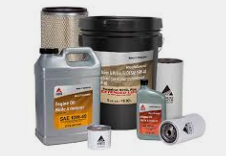 MAINTENANCE
MAINTENANCE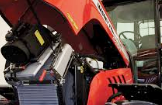 PROBLEMS
PROBLEMS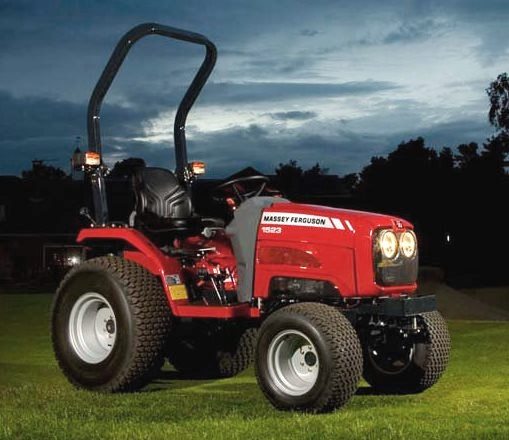 MF 1523
MF 1523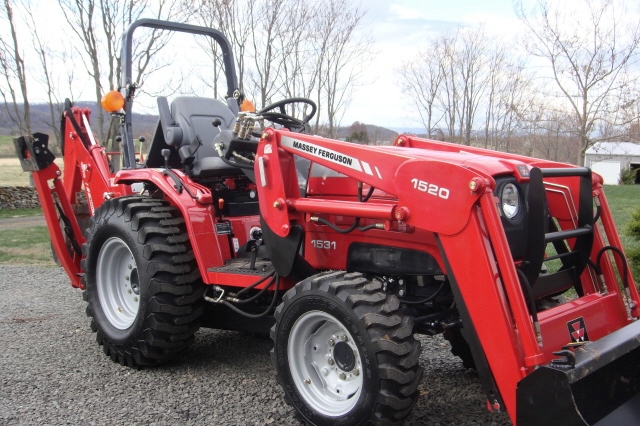 MF 1531
MF 1531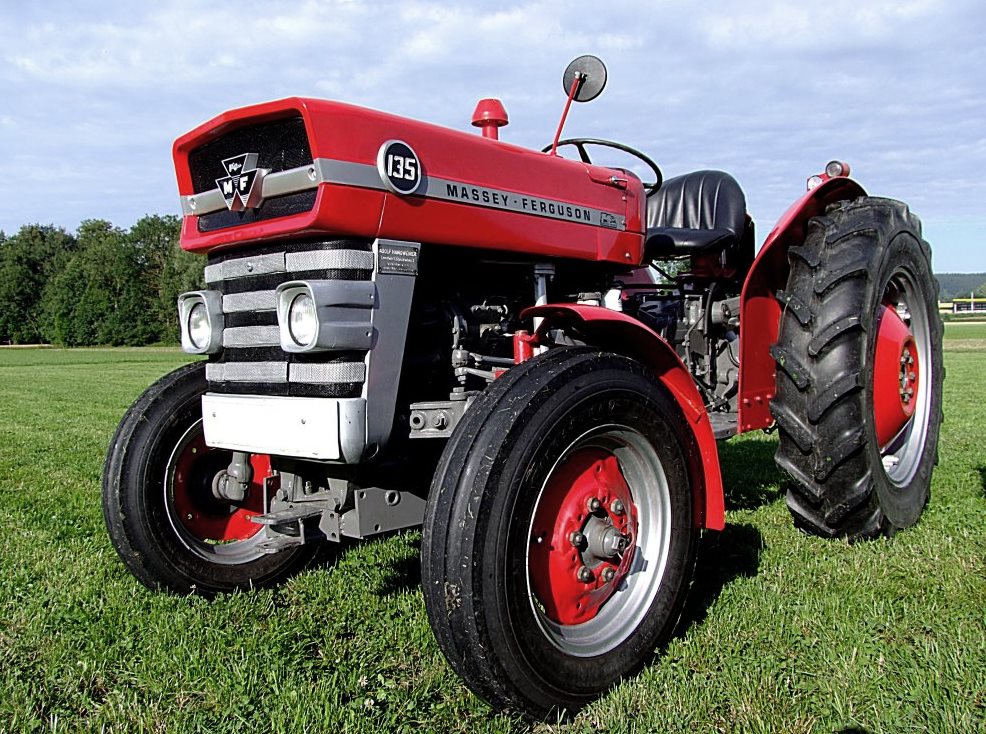 MF 135
MF 135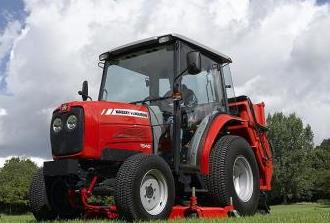 MF 1547
MF 1547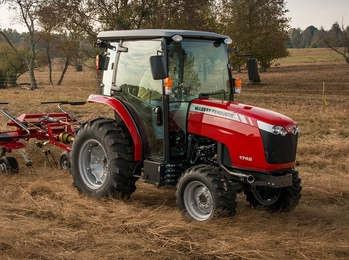 MF 1635
MF 1635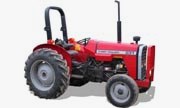 231
231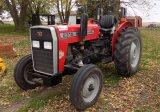 231S
231S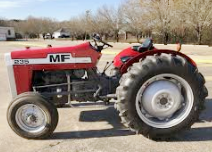 235
235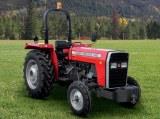 240
240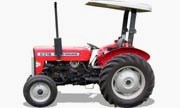 241
241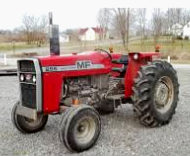 255
255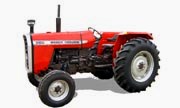 265
265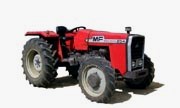 274
274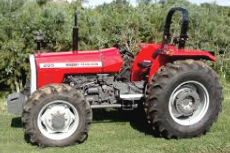 285
285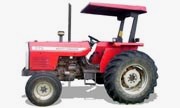 375
375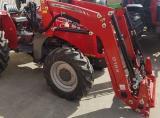 916X Loader
916X Loader 921X Loader
921X Loader 926X Loader
926X Loader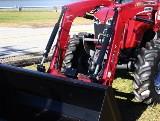 931X Loader
931X Loader 936X Loader
936X Loader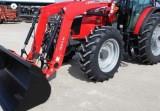 941X Loader
941X Loader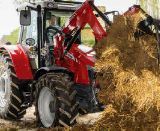 946X Loader
946X Loader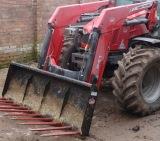 951X Loader
951X Loader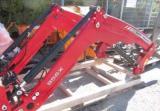 956X Loader
956X Loader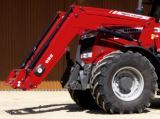 988 Loader
988 Loader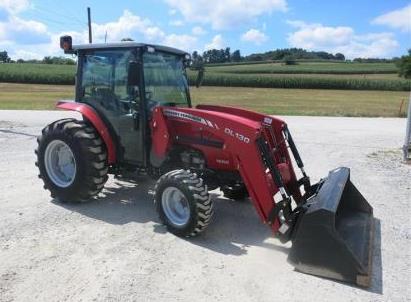 1655
1655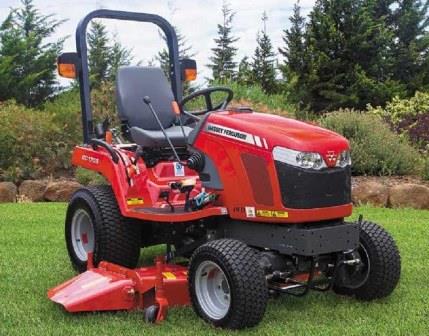 GS1705
GS1705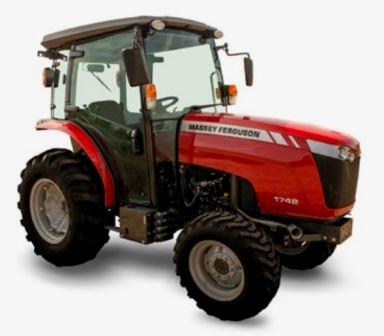 1742
1742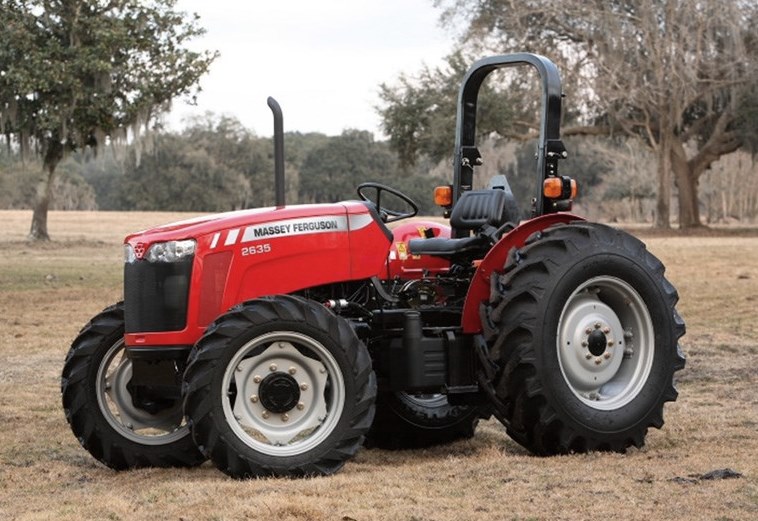 2635
2635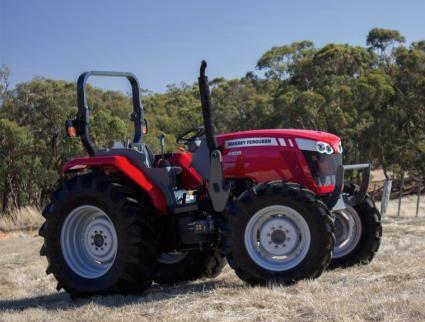 4608
4608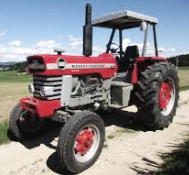 1080
1080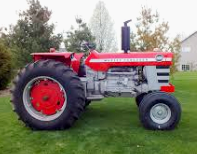 1100
1100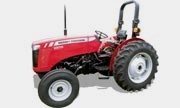 2615
2615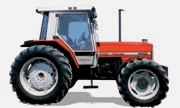 3050
3050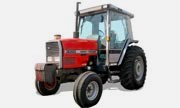 3060
3060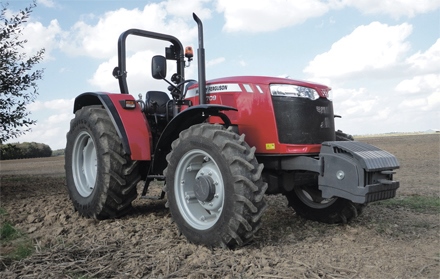 4708
4708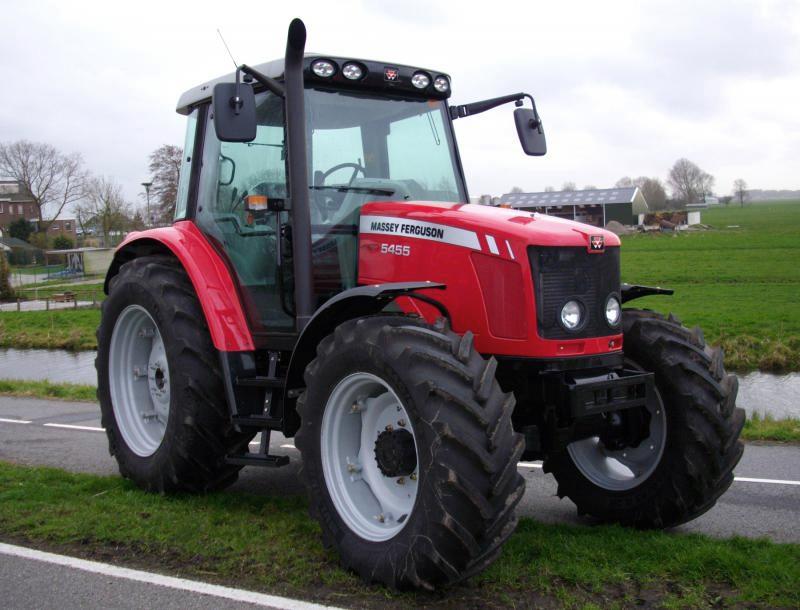 5455
5455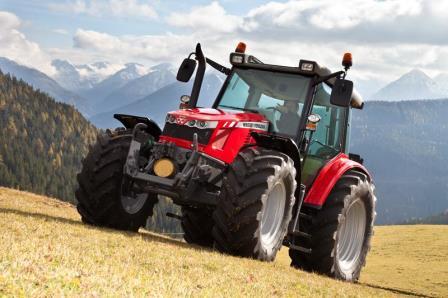 5450
5450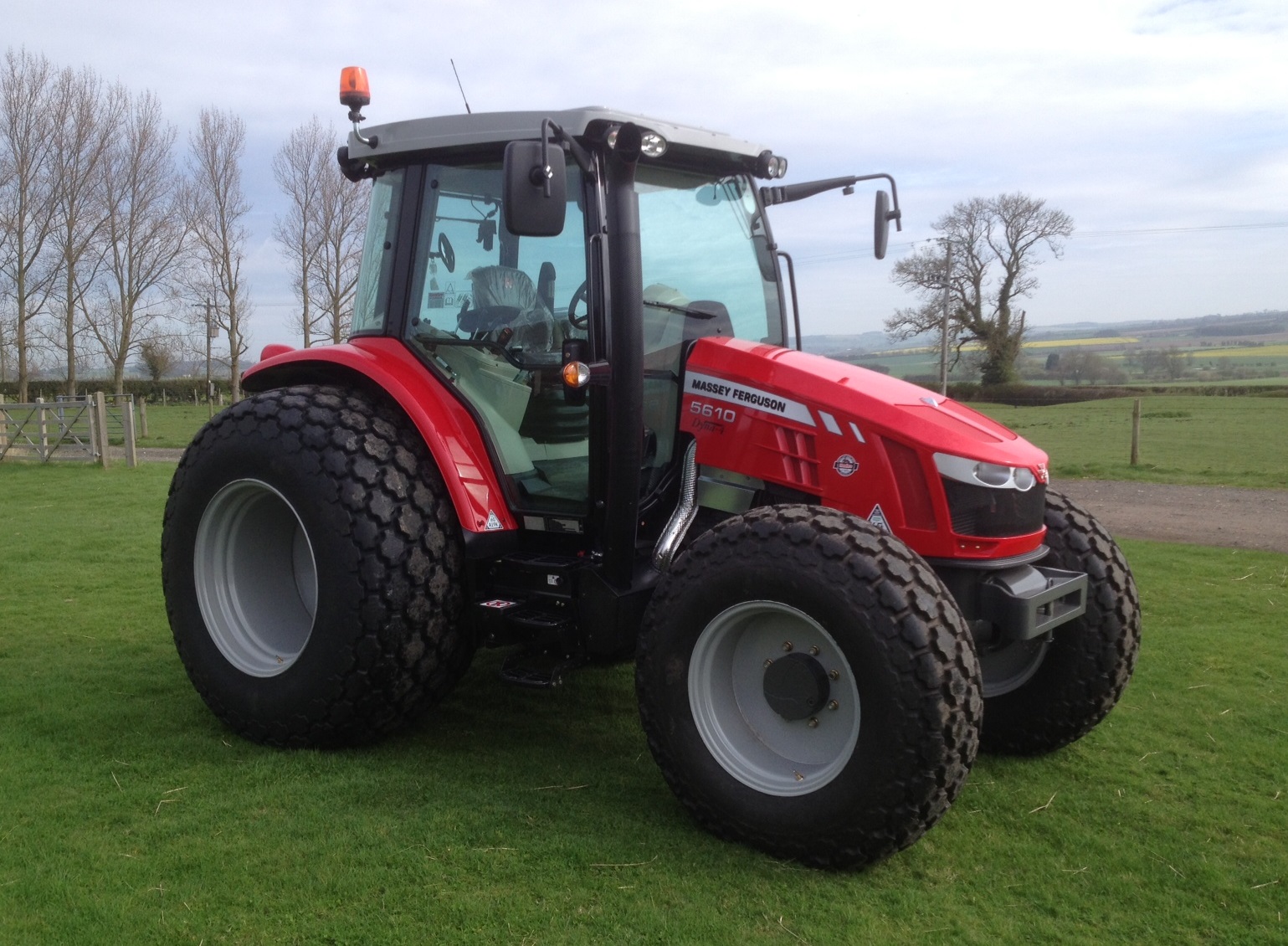 5610
5610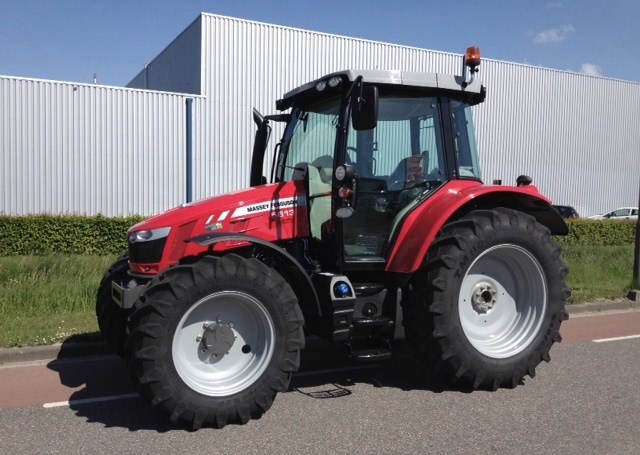 5613
5613 DL95 Loader
DL95 Loader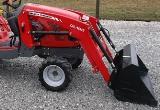 DL100 Loader
DL100 Loader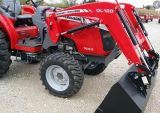 DL120 Loader
DL120 Loader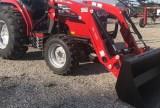 DL125 Loader
DL125 Loader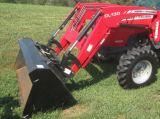 DL130 Loader
DL130 Loader DL135 Loader
DL135 Loader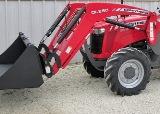 DL250 Loader
DL250 Loader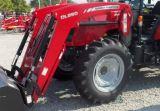 DL260 Loader
DL260 Loader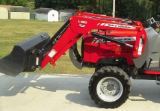 L90 Loader
L90 Loader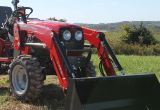 L100 Loader
L100 Loader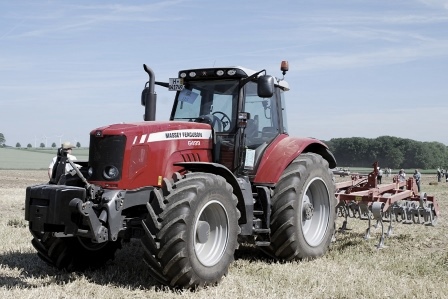 6499
6499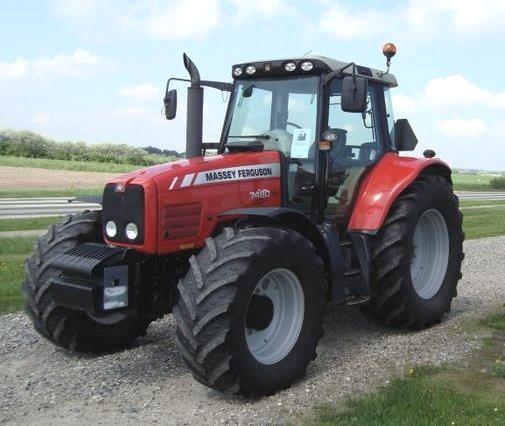 7480
7480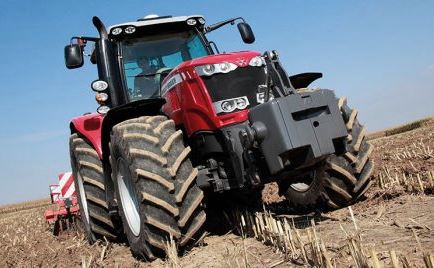 7618
7618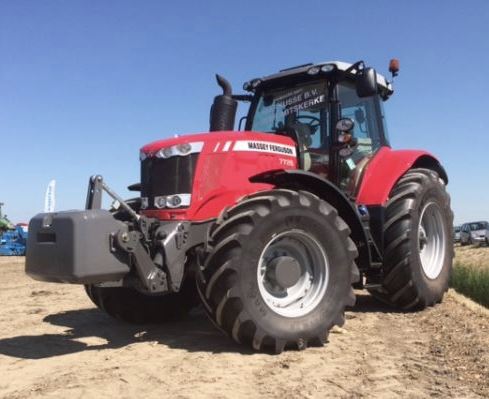 7726
7726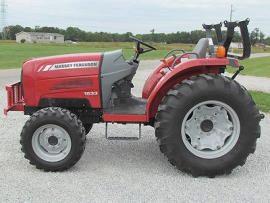 1533
1533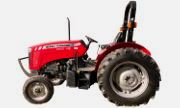 2604H
2604H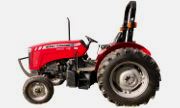 2607H
2607H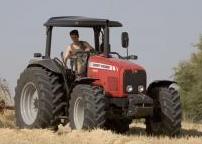 4455
4455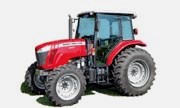 4610M
4610M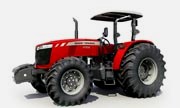 4710
4710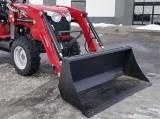 L105E Loader
L105E Loader L210 Loader
L210 Loader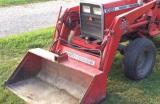 1014 Loader
1014 Loader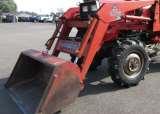 1016 Loader
1016 Loader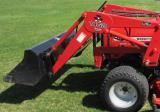 1462 Loader
1462 Loader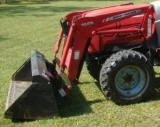 1525 Loader
1525 Loader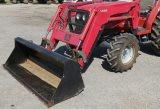 1530 Loader
1530 Loader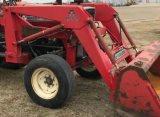 232 Loader
232 Loader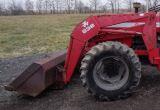 838 Loader
838 Loader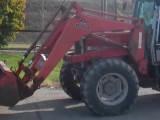 848 Loader
848 Loader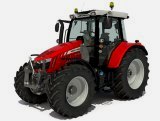 5712SL
5712SL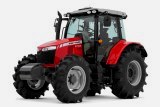 6713
6713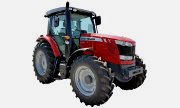 6715S
6715S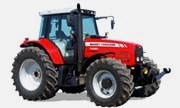 7475
7475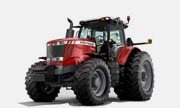 7615
7615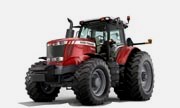 7716
7716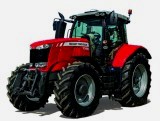 7724
7724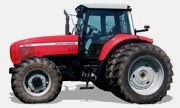 8240
8240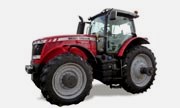 8650
8650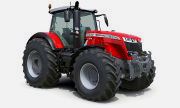 8732
8732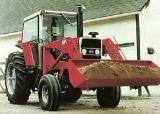 246 Loader
246 Loader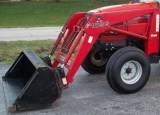 1036 Loader
1036 Loader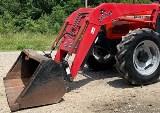 1038 Loader
1038 Loader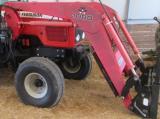 1080 Loader
1080 Loader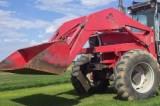 856 Loader
856 Loader